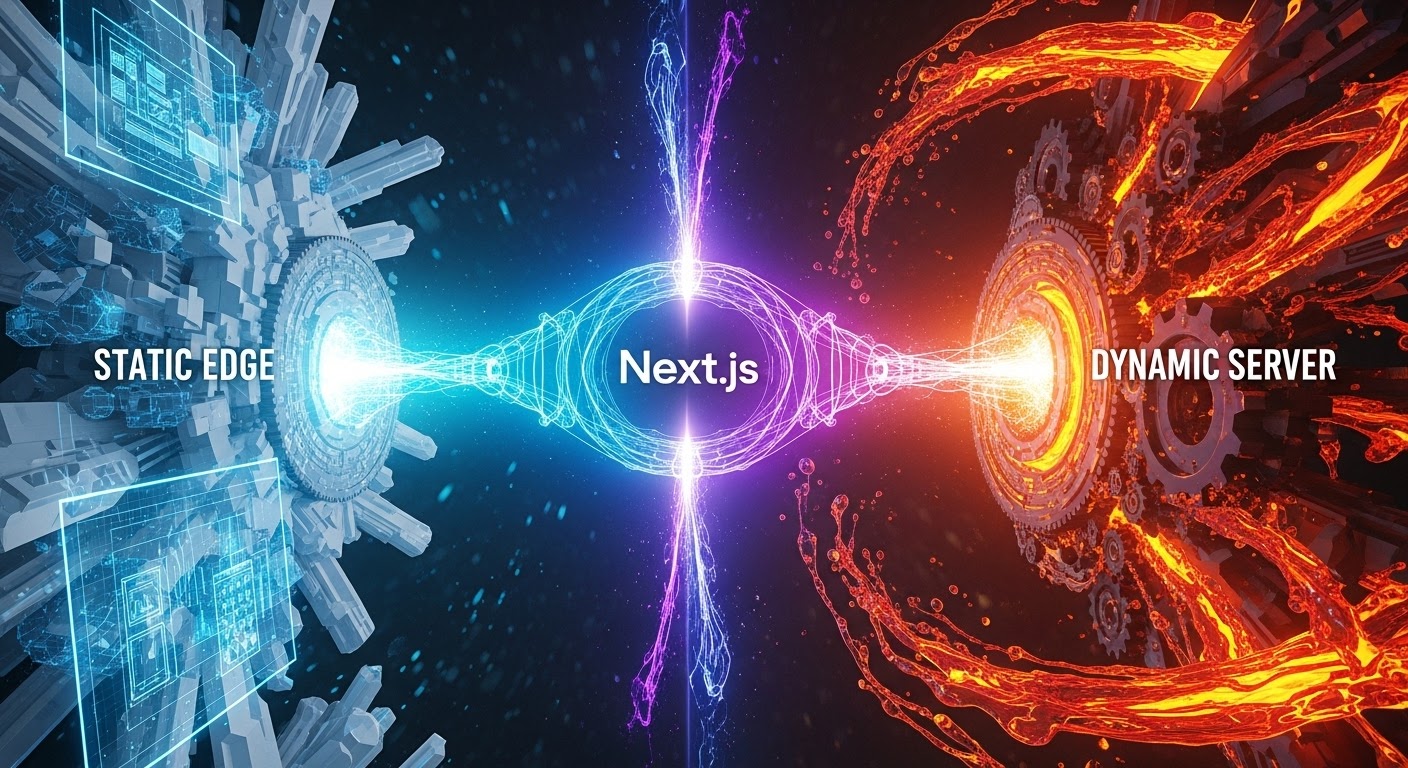Search This Blog
Welcome to Financially Free, your guide to taking control of your money. Learn to budget, pay off debt, and invest wisely. We provide practical advice and simple strategies to help you build wealth and achieve true financial independence. It's time to live life on your terms.
Axos ONE
Featured
- Get link
- X
- Other Apps
How AI-Powered Cybersecurity is Protecting the $200 Billion Gaming Industry
How AI-Powered Cybersecurity is Protecting the $200 Billion Gaming Industry
Introduction
The global gaming industry is now worth over $200 billion, but its explosive growth has made it a prime target for cybercriminals. From phishing scams targeting players to ransomware attacks on developers like Riot Games and Electronic Arts (EA), the stakes have never been higher. Enter AI-powered cybersecurity—a game-changer that’s silently safeguarding virtual worlds, protecting billions of gamers, and securing lucrative in-game economies.
In this article, we’ll break down:
How hackers are exploiting the gaming industry.
- The AI tools fighting back (behavioral biometrics, anomaly detection, NLP).
- Real-world case studies of AI stopping attacks.
- What the future holds for gaming cybersecurity.
Section 1: The Growing Threats to Gaming
1.1 Players Under Attack
- Phishing scams: Fake “free V-Bucks” links in Fortnite chats.
- Account takeovers: Stolen credentials sold on the dark web.
- Cheat software: Malware disguised as aimbots or mods infecting devices.
1.2 Developers and Publishers at Risk
- DDoS attacks: Crippling servers during major esports tournaments.
- Code theft: Leaks of unreleased games (Grand Theft Auto VI).
- Ransomware: Hackers demanding millions to restore access to game data.
1.3 Virtual Economies in the Crosshairs
- Microtransaction fraud: Stolen credit cards buying in-game currency.
- NFT scams: Fake digital collectibles duping gamers on platforms like Decentraland.
- Money laundering: Criminals using games like CS:GO to clean illicit funds.
Section 2: AI Cybersecurity Solutions in Action
2.1 Behavioral Biometrics
- How it works: AI tracks unique player patterns (keystroke dynamics, mouse movements).
- Example: EA Sports uses AI to flag suspicious logins (e.g., a “player” suddenly accessing FIFA from Russia and Brazil in one hour).
2.2 Real-Time Anomaly Detection
- Machine learning models analyze in-game transactions for fraud.
- Case study: Roblox reduced fraudulent purchases by 60% using AI to detect abnormal Robux spending patterns.
2.3 Automated Threat Response
- AI instantly quarantines compromised accounts or malicious IP addresses.
- PUBG Mobile cut DDoS attacks by 45% after deploying AI-powered traffic filtering.
2.4 Natural Language Processing (NLP)
- AI scans in-game chats for phishing links, hate speech, or scams.
- Discord and Valorant now use NLP tools to auto-ban toxic users.
- AI scans in-game chats for phishing links, hate speech, or scams.
- Discord and Valorant now use NLP tools to auto-ban toxic users.
Section 3: Case Studies – AI Stopping Gaming Disasters
3.1 Riot Games vs. Account Takeovers
- After a 2023 breach exposing 1M+ accounts, Riot deployed AI-driven behavioral analysis.
- Result: 70% reduction in unauthorized logins within 3 months.
3.2 Fortnite’s $1 Billion Virtual Economy Rescue
- Hackers exploited loopholes to generate infinite V-Bucks.
- Epic Games integrated AI fraud detection, saving $250M annually.
3.3 Protecting Esports Tournaments
- AI tools predicted and mitigated DDoS attacks during the 2023 League of Legends World Championship, ensuring a seamless $2M prize pool event.
- AI tools predicted and mitigated DDoS attacks during the 2023 League of Legends World Championship, ensuring a seamless $2M prize pool event.
Section 4: The Future of AI in Gaming Security
- Predictive AI: Algorithms will forecast attacks before they happen (e.g., Gartner predicts AI will stop 80% of gaming cyberattacks by 2026).
- Blockchain Integration: Decentralized AI systems securing NFT marketplaces.
- Ethical AI: Balancing privacy and security (e.g., anonymizing player data while detecting threats).
- Predictive AI: Algorithms will forecast attacks before they happen (e.g., Gartner predicts AI will stop 80% of gaming cyberattacks by 2026).
- Blockchain Integration: Decentralized AI systems securing NFT marketplaces.
- Ethical AI: Balancing privacy and security (e.g., anonymizing player data while detecting threats).
FAQ
Q: How can I protect my gaming account from hackers?A: Enable 2FA, avoid third-party cheat software, and use AI-backed antivirus tools.Q: How does AI stop DDoS attacks in games?A: AI analyzes traffic patterns in real-time, blocking malicious bots before they overwhelm servers.Q: Will AI replace human cybersecurity teams in gaming?A: No—AI augments humans by handling repetitive tasks, letting experts focus on complex threats.
Conclusion
As the gaming industry races toward $300 billion, AI cybersecurity isn’t just a luxury—it’s a survival tool. From shielding kids playing Minecraft to guarding billion-dollar esports leagues, AI is the invisible hero keeping virtual worlds safe. For gamers, developers, and investors, understanding this tech isn’t optional anymore—it’s game on.
Call to Action:
- Gamers: Share this article with your squad!
- Developers: Bookmark AI cybersecurity tools listed here.
- Advertisers: Tap into this niche with targeted campaigns.
As the gaming industry races toward $300 billion, AI cybersecurity isn’t just a luxury—it’s a survival tool. From shielding kids playing Minecraft to guarding billion-dollar esports leagues, AI is the invisible hero keeping virtual worlds safe. For gamers, developers, and investors, understanding this tech isn’t optional anymore—it’s game on.
Call to Action:
- Gamers: Share this article with your squad!
- Developers: Bookmark AI cybersecurity tools listed here.
- Advertisers: Tap into this niche with targeted campaigns.
- Get link
- X
- Other Apps
Popular Posts
Next.js Partial Prerendering: The End of the Static vs. Dynamic Trade-off
- Get link
- X
- Other Apps
Gemini 3 is Here: The AI That Finally "Reads the Room"
- Get link
- X
- Other Apps





Comments
Post a Comment